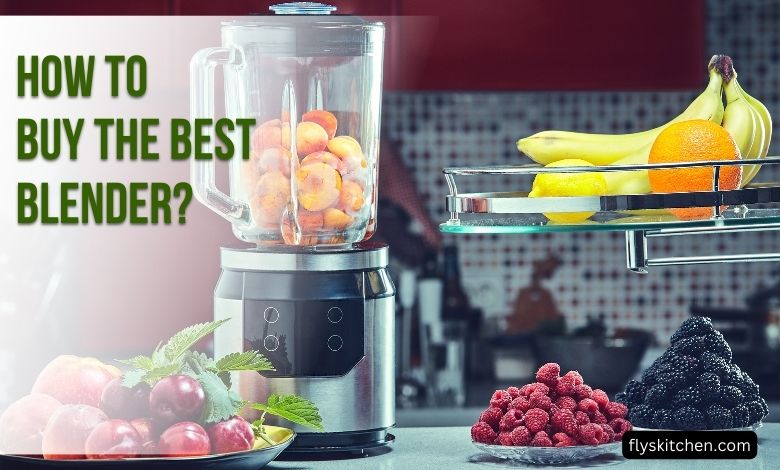Contents
- 1 FAQs About Buying a Blender
- 1.1 Q: What types of blenders are there?
- 1.2 Q: Should I get a glass or plastic pitcher?
- 1.3 Q: Are more blender speeds better?
- 1.4 Q: Which is louder, a food processor or blender?
- 1.5 Q: Can you crush ice in a cheap blender?
- 1.6 Q: How long should a good blender last?
- 1.7 Q: Can you grind grains in a blender?
- 1.8 Q: Is it okay to blend hot liquids?
- 1.9 Q: Should I get a blender with presets or manual speeds?
- 1.10 Q: How can I quiet a loud blender?
- 2 Conclusion
FAQs About Buying a Blender
Q: What types of blenders are there?
A: The main types are countertop blenders, immersion or hand blenders, personal blenders, and high-performance blenders. Countertop blenders are the most common and versatile for daily use.
Q: Should I get a glass or plastic pitcher?
A: Plastic pitchers are more common and often shatter-proof. But glass allows you to see contents and can handle hot liquids. Some are made of special hardened plastic that also withstands heat if this is a priority.
Q: Are more blender speeds better?
A: Multiple speeds (at least 3) provide more control over your blend consistency and texture. Low for mixing, medium for chopping, high for liquifying.
Q: Which is louder, a food processor or blender?
A: Blenders generally make more noise as high-speed motors are needed to finely grind ingredients. Expect around 95 decibels for standard models. Quieter models rated 80 decibels are available.
Q: Can you crush ice in a cheap blender?
A: It depends on the wattage. For frequent ice crushing, invest in a machine with 1000+ watts of power and stainless steel blades which can handle it. 500-watts may occasionally crush ice but not efficiently.
Q: How long should a good blender last?
A: Quality blenders can last 5-10 years with proper maintenance. Commercial blenders average 5 years of heavy use. Budget blenders may last only 2-3 years with regular usage. High-end brands like Vitamix offer warranties of 5-7 years or even 10 years, backing their exceptional durability.
Q: Can you grind grains in a blender?
A: High-powered blenders can handle dry grains like oats and rice on mill or grind settings. Most standard blenders cannot grind dry grains unless using a small amount with liquid.
Q: Is it okay to blend hot liquids?
A: Potentially, if you use a specialized container designed for hot blending. Otherwise boiling liquids can crack glass or warp plastic. Allow very hot liquids to cool for 5+ minutes before blending.
Q: Should I get a blender with presets or manual speeds?
A: Presets provide one-touch convenience for beginners. But manual speeds give more advanced control. Models with both presets and variable speeds offer the greatest flexibility for all users.
Q: How can I quiet a loud blender?
A: Use a sound enclosure if your blender didn’t come with one. Add sound-dampening pads under the base. Position the blender away from walls and off hard surfaces. Drop a kitchen towel over the lid while blending.
Conclusion
With an endless array of blenders on the market, deciding on the right machine for your needs can get overwhelming. Keep these essential criteria in mind as you shop: wattage for power, blade quality, ease of use, noise level, speed settings, and size. Consider if you want presets for one-touch blending. Plan to spend $100+ for decent performance, and $300+ for commercial-grade power. Leading brands like Vitamix and Blendtec deliver exceptional results, innovation, and durability to justify their price tags. Set yourself up with the best blender for your budget and usage to make food prep fast and enjoyable.
